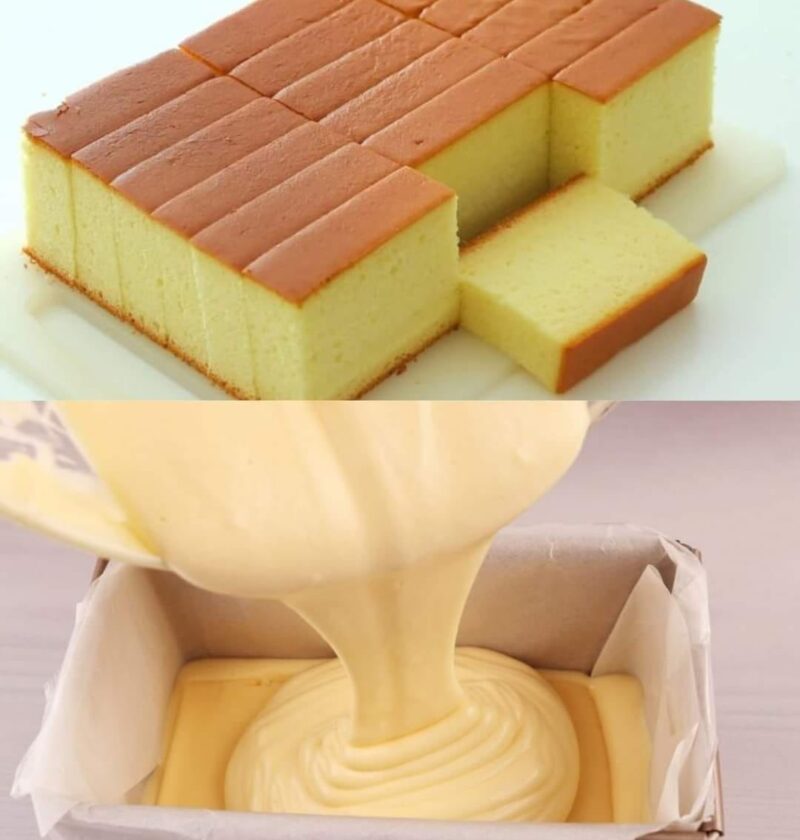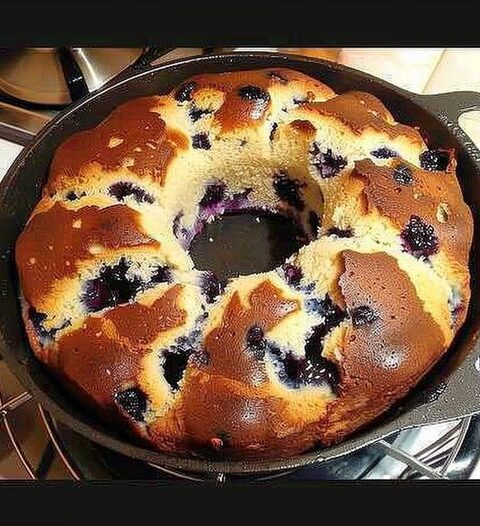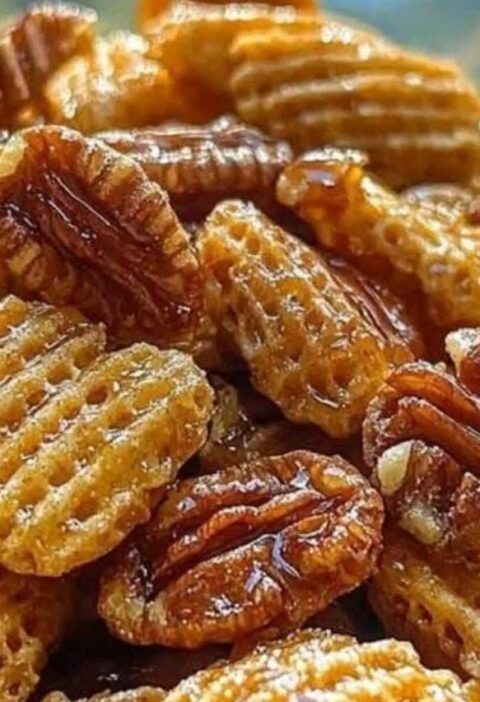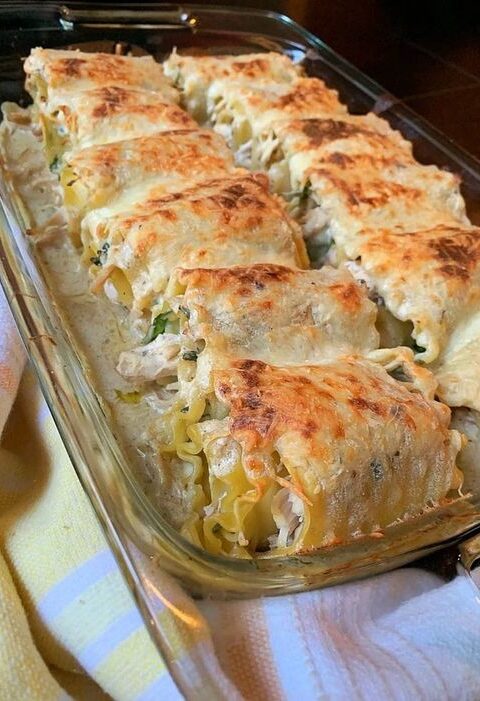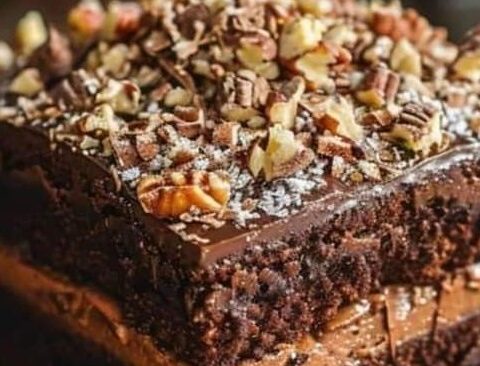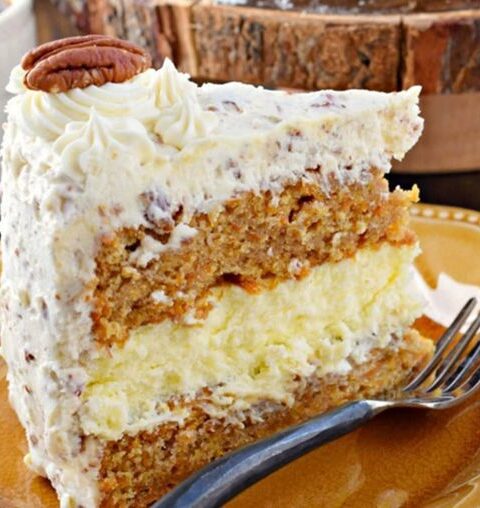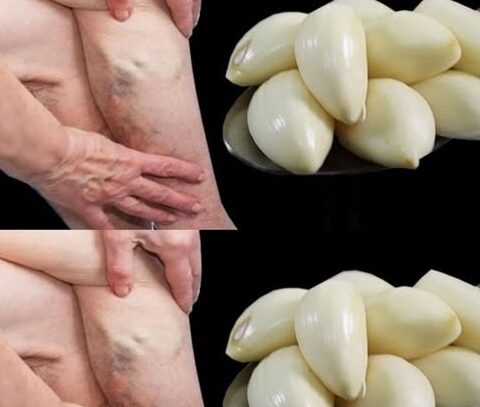Welcome to our comprehensive guide on creating a delicious and fluffy Castella cake. This classic Japanese sponge cake is known for its delicate texture, subtle sweetness, and beautiful golden color. In this detailed article, we will walk you through every step of the process, provide helpful tips, and offer variations to suit your preferences. Let’s dive in and create a Castella cake that will become a favorite in your household!
Introduction to Castella Cake
Castella cake, also known as Kasutera, is a traditional Japanese sponge cake made from a simple batter of eggs, sugar, flour, and honey. Originating from Portugal, this cake was introduced to Japan in the 16th century and has since become a beloved dessert. The key to a perfect Castella cake is in the whipping of the eggs and the gentle baking process that creates its characteristic fine, moist texture.
Ingredients
For this recipe, you will need the following ingredients:
For the Castella Cake:
- Large Eggs (4, at room temperature): Provides structure and lift to the cake.
- Granulated Sugar (2/3 cup / 130g): Adds sweetness and helps stabilize the egg foam.
- Honey (2 tablespoons, diluted with 1 tablespoon warm water): Adds moisture and a subtle honey flavor.
- Bread Flour (1 cup / 120g, sifted): Creates a denser texture compared to cake flour.
- Milk (1 tablespoon): Adds a bit of moisture and richness.
Optional:
- Vanilla Extract (1 teaspoon): Adds a classic vanilla flavor.
- Matcha Powder (1 tablespoon): For a green tea-flavored variation.
Equipment You’ll Need
- Mixing Bowls: Various sizes for mixing ingredients.
- Hand Mixer or Stand Mixer: For whipping the eggs and sugar.
- Sifter: For sifting the flour.
- Rubber Spatula: For folding the ingredients.
- 8×8-inch Square Baking Pan: For baking the cake.
- Parchment Paper: For lining the baking pan.
- Toothpick or Skewer: For testing the doneness of the cake.
Step-by-Step Instructions
Preparing the Pan
- Line the Pan: Line the 8×8-inch square baking pan with parchment paper, ensuring the paper extends over the sides of the pan. This will help you lift the cake out easily after baking.
Making the Batter
- Preheat the Oven: Preheat your oven to 320°F (160°C). Adjust the oven rack to the middle position.
- Whip the Eggs and Sugar: In a large mixing bowl, combine the eggs and granulated sugar. Using a hand mixer or stand mixer, whip the mixture on high speed for about 5-7 minutes, or until it becomes thick, pale, and tripled in volume.
- Add the Honey and Milk: Reduce the mixer speed to low and add the diluted honey and milk (and vanilla extract, if using). Mix until just combined.
- Fold in the Flour: Sift the bread flour into the egg mixture in three additions. Gently fold in the flour with a rubber spatula after each addition, being careful not to deflate the batter. If making matcha Castella, sift the matcha powder along with the flour.
Baking the Cake
- Pour the Batter: Pour the batter into the prepared baking pan, smoothing the top with a spatula. Tap the pan gently on the counter to remove any large air bubbles.
- Bake the Cake: Place the pan in the preheated oven and bake for 50-60 minutes, or until the top is golden brown and a toothpick inserted into the center comes out clean.
Cooling and Serving
- Cool the Cake: Remove the cake from the oven and let it cool in the pan for 10 minutes. Carefully lift the cake out of the pan using the parchment paper and transfer it to a wire rack to cool completely.
- Slice and Serve: Once the cake is completely cool, trim the edges for a cleaner appearance and slice it into even pieces. Serve the Castella cake as is, or with a cup of tea. Enjoy!
Tips for Perfect Castella Cake
- Room Temperature Eggs: Ensure the eggs are at room temperature for better volume and stability.
- Whip Well: Whip the eggs and sugar until the mixture is thick and pale for a light and fluffy texture.
- Gentle Folding: Fold the flour gently to avoid deflating the batter.
- Slow Baking: Bake at a lower temperature to ensure the cake cooks evenly and remains moist.
Variations and Additions
Castella cake is versatile and can be customized to suit your tastes. Here are some ideas to inspire you:
Matcha Castella:
- Addition: Sift 1 tablespoon of matcha powder with the flour for a green tea-flavored variation.
Chocolate Castella:
- Addition: Sift 2 tablespoons of cocoa powder with the flour for a chocolate-flavored variation.
Almond Castella:
- Addition: Add 1/2 teaspoon of almond extract to the batter for an almond-flavored variation.
Lemon Castella:
- Addition: Add the zest of one lemon and 1 tablespoon of lemon juice to the batter for a citrus-flavored variation.
Nutritional Benefits of Castella Cake
This dish not only tastes great but also offers some nutritional benefits:
Eggs:
- Protein: Eggs provide a good source of high-quality protein.
- Vitamins and Minerals: Rich in vitamins B12, D, and E, as well as selenium and choline.
Honey:
- Natural Sweetener: Honey provides a natural source of sweetness and has antioxidants.
Bread Flour:
- Fiber: Bread flour contains more protein and fiber compared to cake flour.
Conclusion
Creating the best Castella cake ever is a rewarding culinary experience that results in a dessert both visually appealing and incredibly flavorful. By following this comprehensive guide, you’ll be able to prepare a cake that’s perfect for any occasion. Whether you’re making it for a special celebration, a tea party, or simply to enjoy a delicious and satisfying dessert, Castella cake is sure to impress.
Remember, the key to successful Castella cake is to use fresh, high-quality ingredients and to follow the steps carefully. Don’t be afraid to experiment with different flavors and additions to make the recipe your own. With practice and a bit of creativity, you’ll master the art of making Castella cake and enjoy the satisfaction of serving a delicious and memorable dessert.
Happy baking! If you have any questions or need further assistance, feel free to reach out. We hope this guide inspires you to try new recipes and enjoy the process of baking. Bon appétit!

